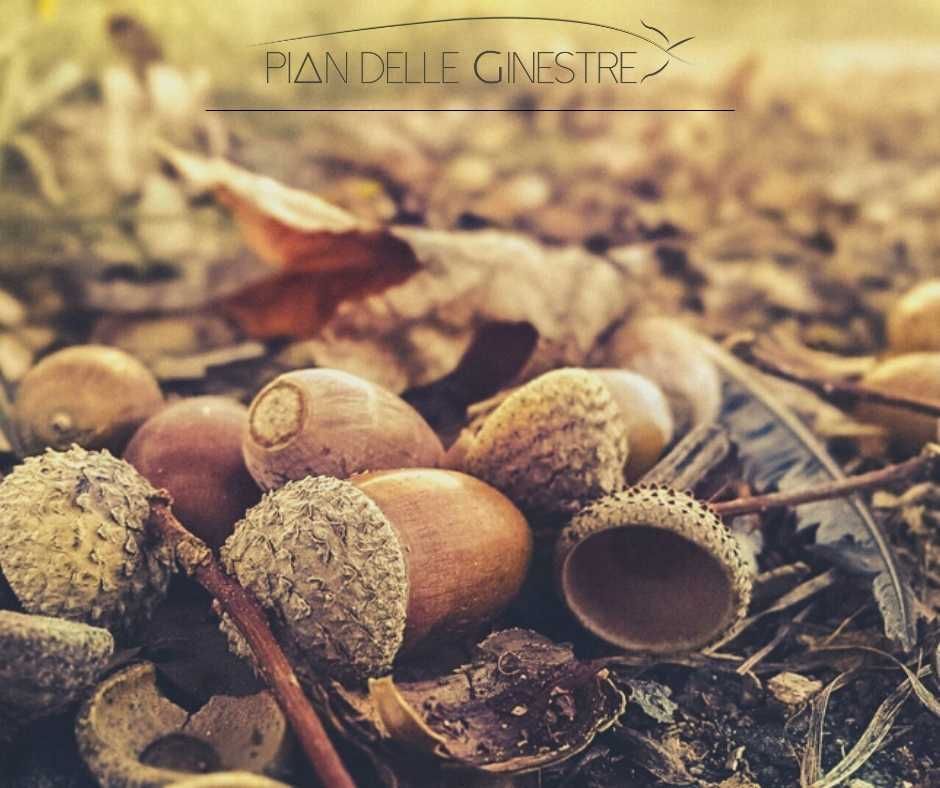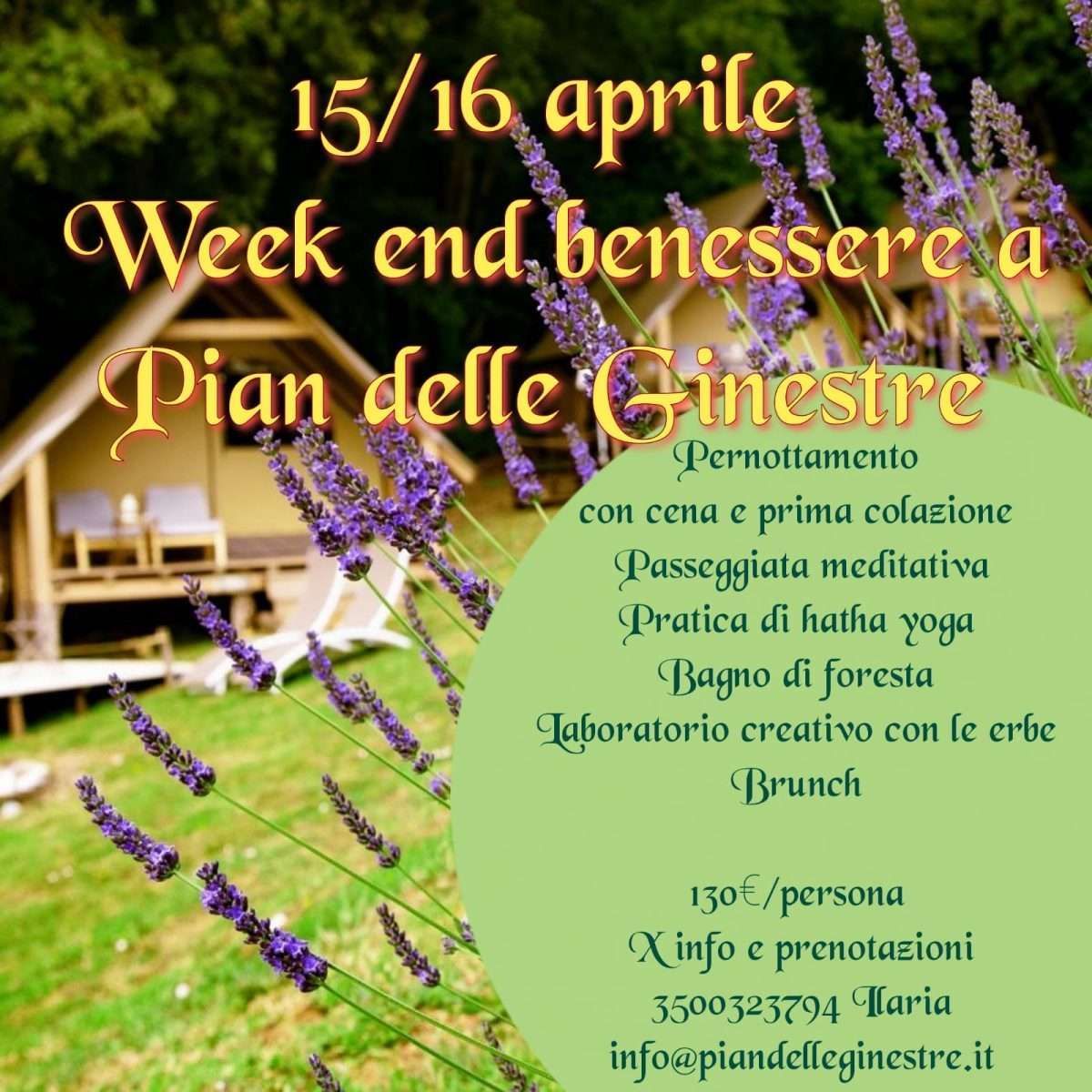Tuscan soup
Tuscan soup (my way)
Let's be clear right away: this is not the recipe for Tuscan soup or ribollita. We live in a country where culinary diatribes are the order of the day: should garlic be in carbonara? Do you use bacon or bacon in amatriciana? No intention of entering the arena and no intention of becoming a food blogger. It's just the story of my way of interpreting a traditional dish that seems apparently simple, but which requires one ingredient above all (rather rare these days): time, a lot of time. The memory of walking with my grandmother to collect herbs is always alive and pushed me to repeat this ritual. It is usually made in spring when the wild herbs are nice and fresh and tender, but also in autumn and in fact in Lucca this soup is called "alla frantoiana" because it is finished with a generous drizzle of oil fresh from the mill.
We start the night before by soaking the beans. I like cannellini beans and already here some nitpickers will criticize me because borlotti beans are traditionally used, whatever you do. On the fateful day, the first thing we do is go to the garden and the surrounding area to stock up on the raw material: seasonal vegetables! Cabbage cannot be missing: black or cabbage is indispensable, chard, preferably wild, leeks, onions, carrots, celery, garlic and wild herbs. The wild herbs chapter is rather thorny, few know the scientific names and the vulgar ones change even after a few kilometres. It goes without saying that there are no doses and measures, we pick what is there and dose it according to our taste (some are more bitter, others sweeter): dandelion, nettles, hare chaser, pig fattening, chicory, cicerbite, plantain, aspragine, crepis.... Call them what you want, they are all good! Once our pleasant and healthy walk is over, we go to the sink with great patience and wash ourselves thoroughly. We still haven't turned on the stove and we're already wondering: who made us do it??? It's worth it, believe me!
So while the soaked beans are cooked in one pot with plenty of water, sage and garlic, in another quite large pot we begin cooking the soup: we start by sautéing the onion, carrot, garlic and celery and then we start adding the vegetables: first the diced potatoes and the leek, then the cabbage, the chard and all the other herbs. After having flavored them a little, cover everything with boiling water and let it cook slowly for a few hours, gradually adding a little hot water if necessary. Once cooked, the beans are drained and minced with garlic, sage and onion and browned together with a couple of diced potatoes. Boiling water is also added here and cooked for a couple of hours. This second preparation will all be passed through a food mill and will be the one that will give the creaminess to the soup. However, leave aside some whole beans to add at the end. At this point you can combine the two preparations, add salt and pepper and cook for another half hour to flavor everything, if you want you can add some tomato paste. Ready? If desired, yes, but if we have made 99 we can make 100 and let it rest, postponing the tasting until the day after. Some prefer to put some stale bread to cook for a few minutes in the soup, others like me prefer that the bread remains a little crunchy and only add it at the end.
What advice is there to make it truly a pleasure before serving it? Prepare a sauté (yet another, but on the other hand I didn't tell you that it would be light: I'm telling you about a soup, not a minestrone findus) with lots of garlic and aromatic herbs at will (sage, very little rosemary, thyme, marjoram and the inevitable , at least in Lucca, a massive dose of wild fennel.A few slices of stale bread with good garlic and finally enjoy your meal.
Please don't tell me, if you find it on the menu, that it's expensive! If I had to put a price on a dish like this by calculating the time it took to make it, it would cost more than Briatore's pizza...





